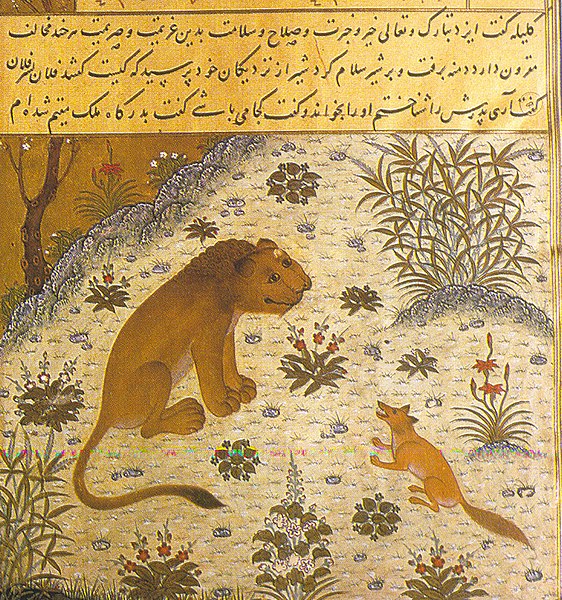Ali Baba and the Forty Thieves
"Ali Baba and the Forty Thieves" is a folk tale in Arabic added to the One Thousand and One Nights in the 18th century by its French translator Antoine Galland, who heard it from Syrian storyteller Hanna Diyab. As one of the most popular Arabian Nights tales, it has been widely retold and performed in many media across the world, especially for children.
Cassim, Ali Baba's elder brother, in the cave by Maxfield Parrish (1909)
Poster for 40 Thieves at the Royal Lyceum Theatre, Edinburgh, 1886
A depiction of the Forty Thieves.
The Forty Thieves attack Cassim.
One Thousand and One Nights
One Thousand and One Nights is a collection of Middle Eastern folktales compiled in the Arabic language during the Islamic Golden Age. It is often known in English as the Arabian Nights, from the first English-language edition, which rendered the title as The Arabian Nights' Entertainment.
Cassim in the Cave by Maxfield Parrish (1909)
Scheherazade and Shahryar by Ferdinand Keller, 1880
A page from Kelileh va Demneh dated 1429, from Herat, a Persian version of the original ancient Indian Panchatantra – depicts the manipulative jackal-vizier, Dimna, trying to lead his lion-king into war.
The story of Princess Parizade and the Magic Tree by Maxfield Parrish, 1906







